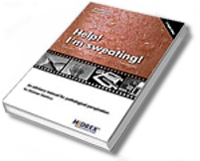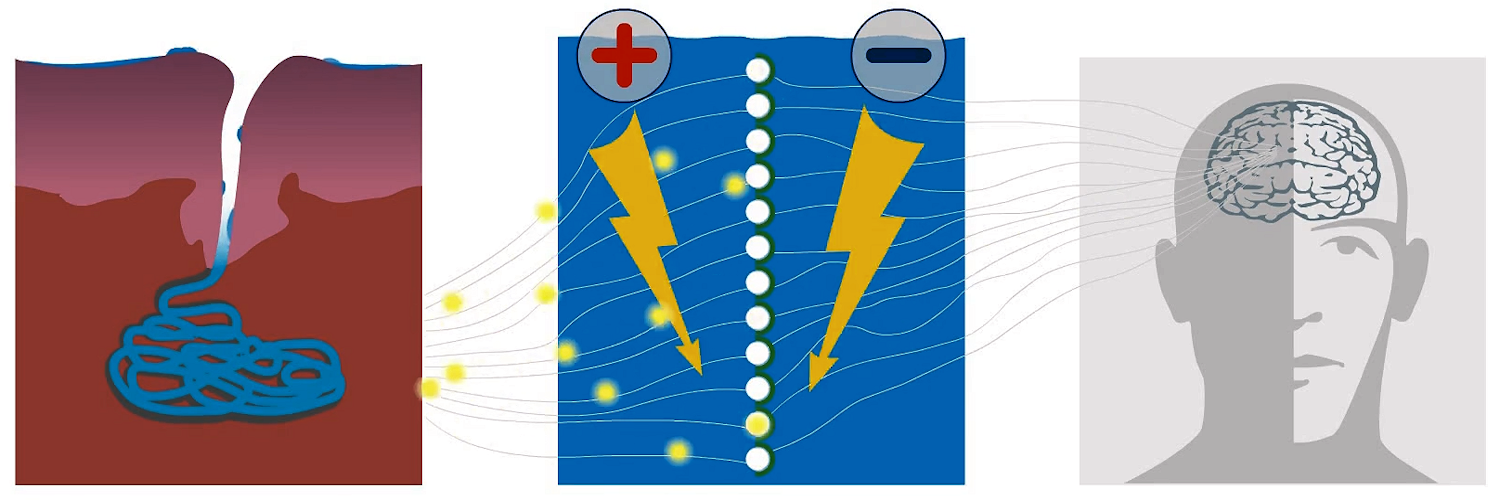electricity against hyperhidrosis - iontophoresis
The dermatologist is most frequently consulted due to hyperhidrosis palmoplantaris (hand/foot sweat). Since the introduction of tap water iontophoresis by Levit in 1968, a meanwhile proven and mature therapy method has been available for treatment. Weak direct currents are used, which are passed through the skin of the palms and soles of the feet with the aid of hydroelectric baths.
The treatment method of iontophoresis is a physical therapy form whose effectiveness and thus antiperspirant effect has already been scientifically explored and confirmed in many ways. The physiological observation of the sweat glands and their function makes it clear that the secretion mechanism is controlled by electrolytes and complicated osmotic processes between the cells of the sweat glands and their immediate environment. In the iontopheresis treatment ionized
substances, which essentially regulate the transpiration process, are transported into the human skin by means of electric current, triggering complicated biochemical and consequently secretion-controlling processes in the sweat glands, which lead to inhibition and blockage of gland secretion.
effective current therapy
Hands and feet are immersed in shallow plastic tubs filled with tap water containing plate electrodes covered with insulating cloths. The electrodes are connected via cables to a current generator, which serves as a direct current source. Due to the direct current - probably as a result of a functional inhibition of the sweat gland cells - normhidrosis occurs after about ten to fifteen treatments in short succession, if favorable.
To maintain normhidrosis, maintenance therapy is necessary, which must be administered once or twice a week. For this purpose, a home device can be prescribed to the patient.

